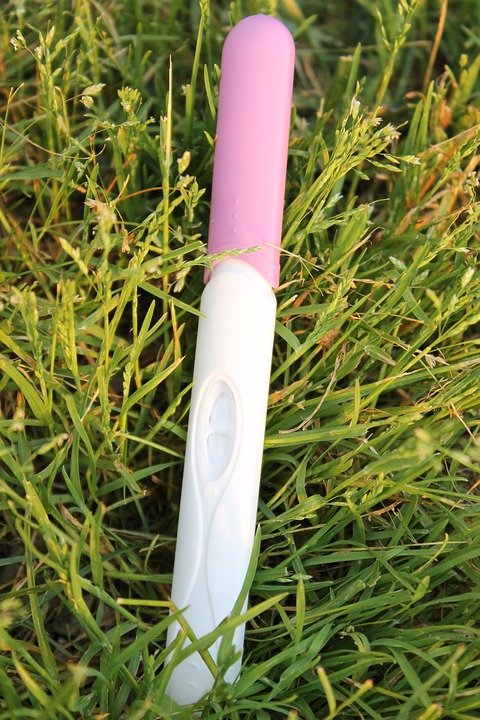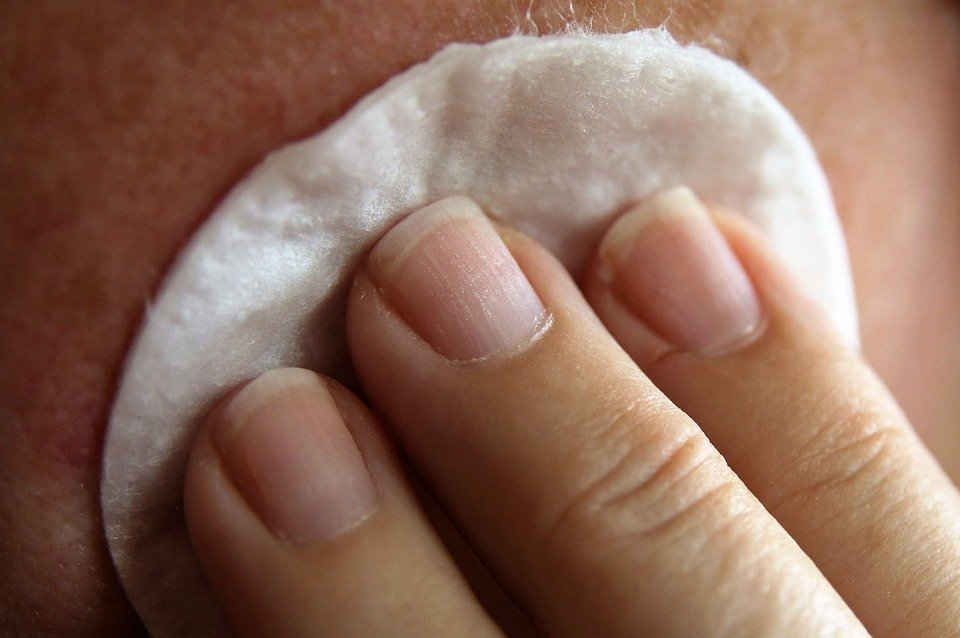 The field of pediatric orthopedics is a rapidly growing area of medicine that focuses on diagnosing, treating, and preventing bone and joint conditions in children. With advancements in technology, surgical techniques, and research, pediatric orthopedic specialists are able to provide more effective and less invasive treatments for a wide range of conditions that affect children’s musculoskeletal system.
The field of pediatric orthopedics is a rapidly growing area of medicine that focuses on diagnosing, treating, and preventing bone and joint conditions in children. With advancements in technology, surgical techniques, and research, pediatric orthopedic specialists are able to provide more effective and less invasive treatments for a wide range of conditions that affect children’s musculoskeletal system.One of the most common reasons children are referred to a pediatric orthopedic specialist is for the treatment of fractures. Children are active and prone to accidents that can result in broken bones. Pediatric orthopedic specialists are trained to treat fractures in children differently than in adults because children’s bones are still growing and developing. They use techniques such as casting, splinting, and surgery to ensure that the bones heal properly and that the child regains full function of the injured limb.
Another common reason children are seen by pediatric orthopedic specialists is for the treatment of congenital conditions such as clubfoot, hip dysplasia, and scoliosis. These conditions can affect a child’s mobility and overall quality of life if left untreated. Pediatric orthopedic specialists are able to diagnose these conditions early and develop a treatment plan that may include physical therapy, bracing, or surgery to correct the issue and prevent further complications as the child grows.
Advancements in surgical techniques have revolutionized the way pediatric orthopedic conditions are treated. Minimally invasive procedures, such as arthroscopic surgery, allow pediatric orthopedic surgeons to perform complex procedures with smaller incisions, less pain, and faster recovery times. This is especially beneficial for children who may be more susceptible to complications from traditional open surgeries.
In addition to surgical advancements, research in pediatric orthopedics has led to new treatments and technologies that are improving outcomes for children with bone and joint conditions. For example, the use of growth plates in limb-lengthening procedures allows pediatric orthopedic surgeons to correct discrepancies in bone length without affecting the child’s growth potential. Additionally, advancements in prosthetics and orthotics are providing children with better mobility and function after limb amputations or joint replacements.
One area of research that is particularly promising for the field of pediatric orthopedics is regenerative medicine. Scientists are exploring ways to use stem cells, growth factors, and other biologics to regenerate damaged bone and cartilage tissue in children. This could potentially eliminate the need for invasive surgeries and improve the long-term outcomes for children with musculoskeletal conditions.
Despite the advancements in pediatric orthopedics, there are still challenges that specialists face in treating children’s bone and joint conditions. One of the biggest challenges is the unique nature of pediatric patients, who are still growing and developing. This requires pediatric orthopedic specialists to take a different approach to treatment than they would for adult patients. They must consider the child’s growth potential, activity level, and overall health when developing a treatment plan.
In conclusion, the growing field of pediatric orthopedics is making significant strides in treating children’s bone and joint conditions. With advancements in technology, surgical techniques, and research, pediatric orthopedic specialists are able to provide more effective and less invasive treatments for a wide range of conditions that affect children’s musculoskeletal system. As research continues to evolve, the future looks bright for children who require orthopedic care.

You might be interested in learning more about pediatric orthopedics by exploring related topics such as scoliosis or clubfoot. Speaking of scoliosis, you might be interested in Scoliosis. On the other hand, if you want to delve into clubfoot, you might find Clubfoot an informative read. These articles can further expand your knowledge on common conditions treated by pediatric orthopedic specialists.



